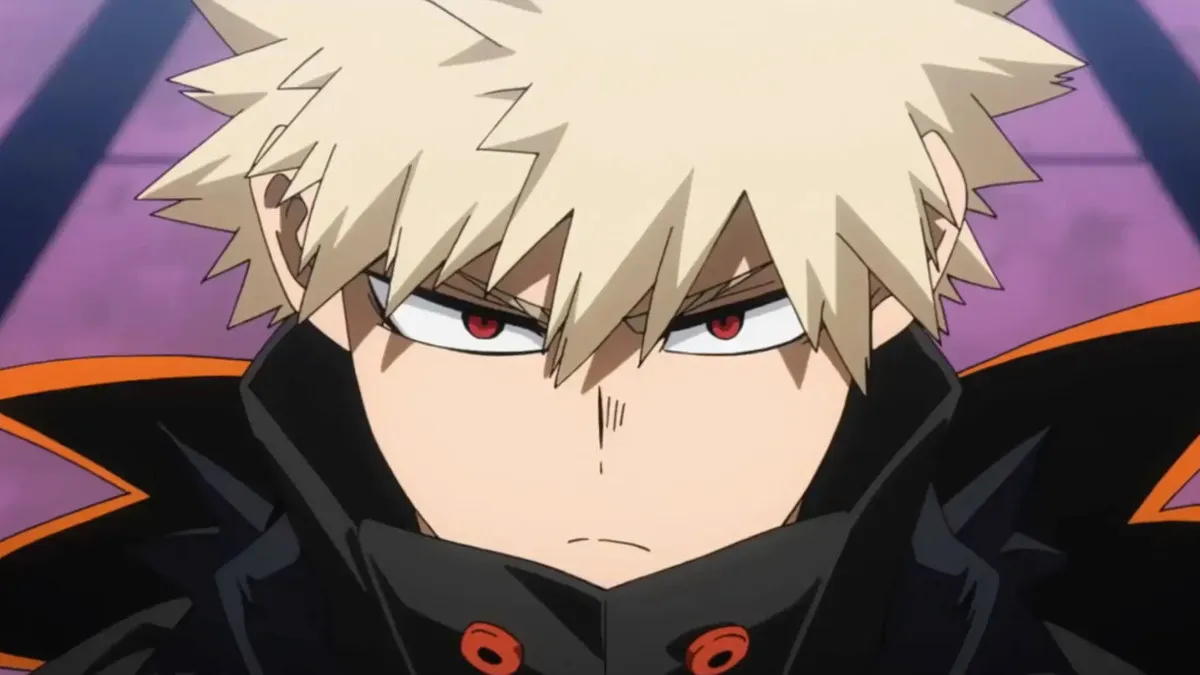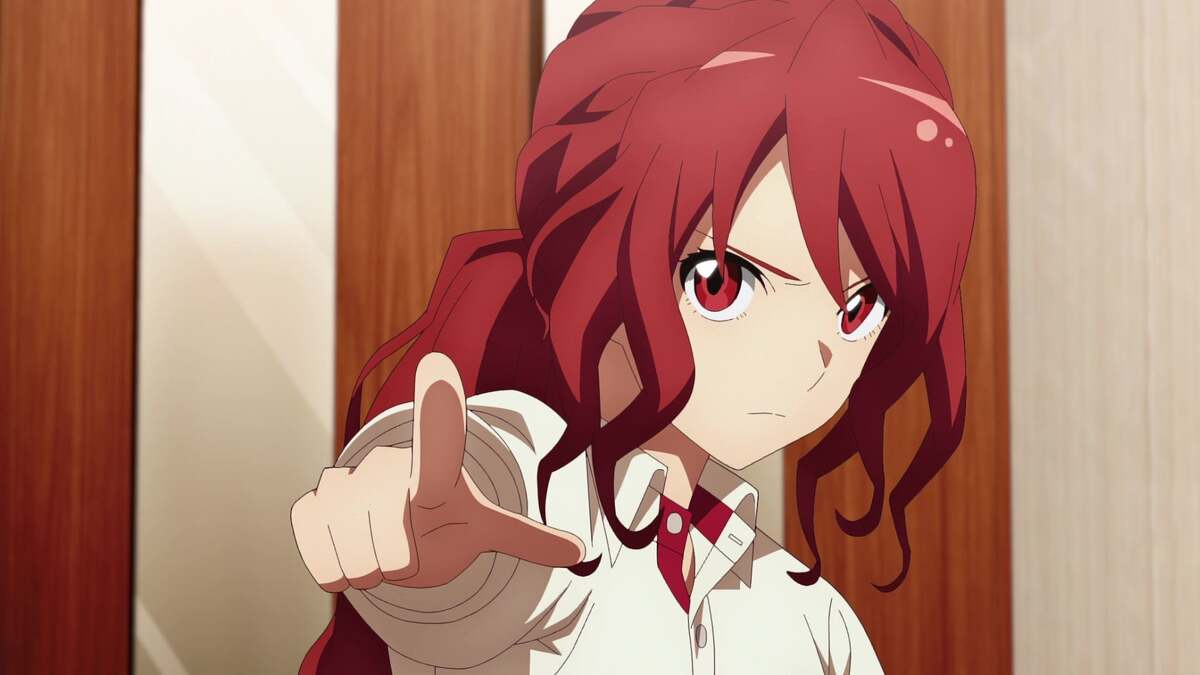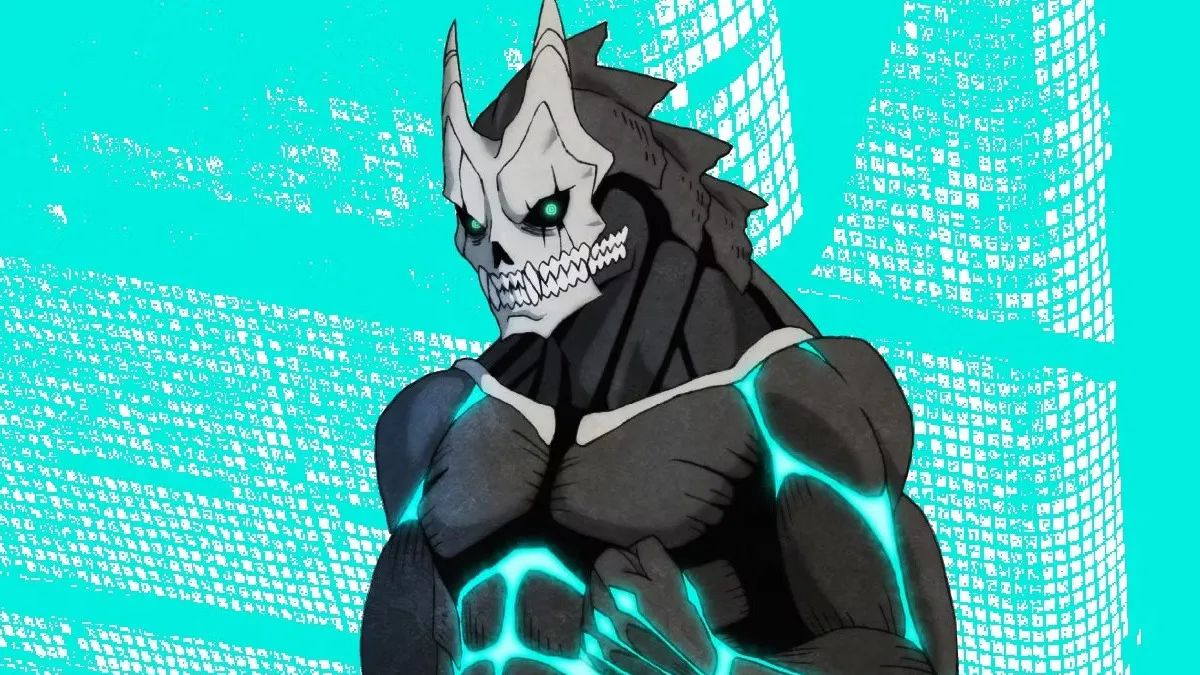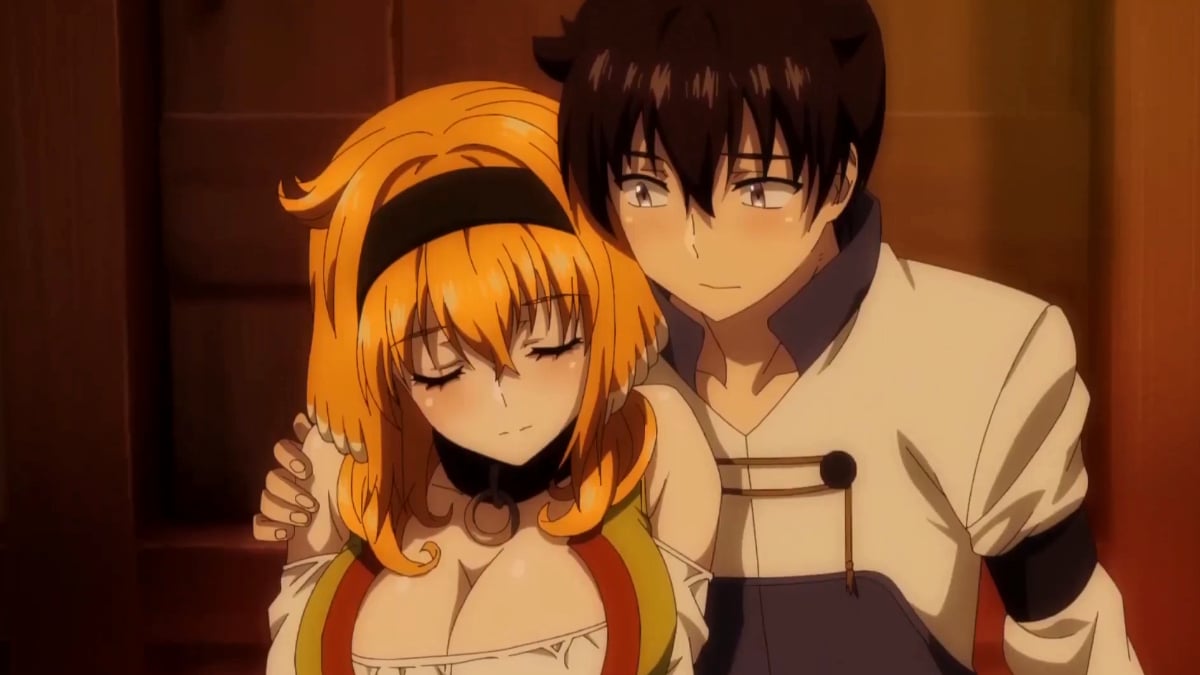This past weekend nerds, artists, cosplayers, and weebs descended upon the Javits Center in Manhattan for four days of what is ostensibly one of the biggest events in the comic book industry. But New York Comic Con returned from its two-year hiatus with several notable absences. Big names like Marvel, DC, and Dark Horse were not in attendance, while other licensors and distributors of comics and comic-related IPs were sparsely represented in an official or even a fan capacity.
While small presses and indie artists gave the medium a presence (the return of Image Comics’ Saga being one of the larger announcements of the weekend), a different medium filled the illustrated vacuum that was left in the wake of Disney and Warner’s move to the walled garden of online announcements: anime.
Anime and fandom at NYCC
The only thing more pervasive than anime on NYCC’s show floor was the inescapable scent of butter popcorn. But while comics may have been a tertiary attraction at NYCC, superheroes were still center stage. Two of the largest events held were big announcements for Dragon Ball Super: Super Hero and My Hero Academia: World Heroes’ Mission. Hundreds of fans carrying merch or in cosplay lined up outside the convention center’s largest halls for the latest info on the biggest shonen films coming out of Japan in the next year.
Likewise, the singular largest presence of the show floor was Dragon Ball’s spectacular series of attractions. Life-size statues of the cast greeted con-goers, an (also life-sized) Shenron hanging over the booth next to a formidable 1:1 scale Great Ape Vegeta. Figures and art lined the series of booths, while crowds gathered around a large screen to cheer on impromptu Dragon Ball FighterZ matchups worthy of the commotion.
The shift in NYCCs focus was evident in fanart and cosplay as well. Class 1-A (My Hero Academia), Ai Ohto (Wonder Egg Priority), Vanguards (Attack On Titan), Violet Evergarden, and more were popular cosplays around the convention center. Nintendo characters, possibly generic fairytale aesthetics, and yes some comic heroes were also represented. (Special shoutout to the Control cosplayer I saw on day four).
Beneath the convention center’s show floor, the artist alley featured more illustrations of popular My Hero Academia and Fire Emblem ships than Superman’s and Batman’s. My own haul included fanart of Bubbline and Link, as well as incredibly sapphic OCs by artists that found popularity on Twitter and Instagram catering to niche communities adjacent to fandom. Several artists sported cosplay of popular characters behind displays of Animal Crossing keychains and Pokémon stickers, and by Sunday afternoon many of these booths were covered in “sold out” post-it notes. Just one sign of the surprise that anime’s popularity seemed to take event organizers.
When I returned from a late afternoon panel to U.S. Shonen Jump distributor Viz Media’s booth on day one of the con, I found two distinct lines and a huddled mass of people numbering over 100 deep that were eagerly awaiting a Chainsaw Man-themed giveaway. I returned 15 minutes later to an even larger crowd being admirably guided into a single line by the booth’s employees. The event was precariously announced on a sign outside the booth earlier that morning.
The reward? A Pochita foam finger. The process repeated for three more days.
Crunchyroll and Viz Media’s presentations saw even larger lines. But despite achieving standing room only status at the con, each distributor offered little in the way of announcements. Giveaways and trailers were enough to keep the crowds excited but were disappointing by way of newsworthy announcements. It seemed odd given the crowds each company drew.
Funimation, on the other hand, was given the main stage—several times in fact. As the U.S. distributor of Dragon Ball Super and My Hero Academia, the biggest announcements coming out of the show were all tied to the streaming platform. And judging from banner ads for Dragon Ball, My Hero Academia, Attack on Titan, and the subscription service’s own promotions all hanging around the center, it appears Funimation was the primary corporate backer of this year’s con. But aside from the series-specific events, Funimation’s general panel was similarly underwhelming, concluding with a prolonged interview of a hip hop artist the crowd was evidently unfamiliar with.
Big anime
I dote on these details because while Marvel and DC’s absences were effects of transmedia monopolies in America’s entertainment industry, respectively falling under the conglomerations of Disney and AT&T’s WarnerMedia, NYCC was still a corporate affair—and there is something more sinister than long lines behind Funimation sucking up air all to reiterate it owns two of the biggest IPs in the world right now.
NYCC was the first major industry event since Funimation Global Group, LLC acquired Crunchyroll, Inc. in August. Sony Pictures Entertainment Inc bought the streaming service from AT&T-owned WarnerMedia for $1.175 billion, furthering Sony’s grip on the global distribution of anime and creeping even further into its production. Crunchyroll is now a subsidiary of Funimation, itself a subsidiary of Sony’s legacy anime distributor and producer Aniplex. If you’ve watched anime in the past decade, you’ve probably seen the Aniplex logo; in addition to Funimation, Aniplex oversees A-1 Pictures (Sword Art Online, Your Lie In April), CloverWorks (Wonder Egg Priority, The Promised Neverland), and many others.
While Sony spent the past decade variously acquiring international distributors like French streaming service Wakanim in 2015 and Australia’s Madman Anime and its service AnimeLab in 2018, Crunchyroll was expanding. The company operates on a premium subscription model that has grown from 1 million subscribers in 2017 to over 5 million subscribers in 2021, boasting 120 million unique users. During the rapid growth, Crunchyroll launched a games division that has mostly worked on the publication and crossover side of things, while the brand is still ramping up Crunchyroll Originals—series brought about by partnerships with studios and publishers or created by the company’s new animation studio.
The vertical integration of these companies extends to the anime industry’s counterpart—manga. Crunchyroll bought a majority in Viz Media Europe Group in 2019 and partnered with the U.S. division to distribute like IPs. Funimation made a similar partnership with Viz the following year.
What does the monopoly have to show for itself? Based on NYCC, not much. But if that feels unfair given how new things are, Sony will have another go around with effectively running an anime convention at Anime NYC next month. The Crunchyroll-backed con will even occupy the same building as NYCC. It’s not super clear what else Sony will have to announce mid-season, perhaps an update on the promised Funimation and Crunchyroll unified subscription that itself emerges from VRV’s collapse. But whatever it is, you probably won’t see Sony’s name on it.
What is certain is that the “era of big anime” is here. There’s probably something in it for you right now too, but don’t expect Sony to bother to sell it to you. Going forward, it won’t be the big announcements that are worth paying attention to, but the underfunded studios and creators who might have a de jure platform on Funimation but aren’t given the advertising space that its premier shonen IPs are.
There is too much anime, as you assuredly know if you read 1,300 words on the industry today, and as long as people will stand in lines for non-announcements, Sony does not have to do anything really. Its only major competition seems to be Netflix, whose model of directly financing studios has been reported by Wired to have drawn excitement in Japan (though even these hopes have yet to materialize change).
But Sony is not simply casting a wider net than Netflix, it is simultaneously running a whole fleet and shaping the very tides. While Crunchimation, FuniRoll, or whatever joint venture the two anime distributors devise will probably make U.S. consumers happy with its price tag, those numbers will reflect the lower and lower prices Sony’s monopoly can impose on production budgets at studios across the industry—studios whose business models already rely on burnout, crunch, overseas contractors, and other modes of labor exploitation.
By NYCC 2022, we’ll have some idea of where this new current is taking us. Until then, studios and consumers alike will have to ride the wave, flotsam and all, of Sony’s monopoly.














Published: Oct 13, 2021 04:42 pm